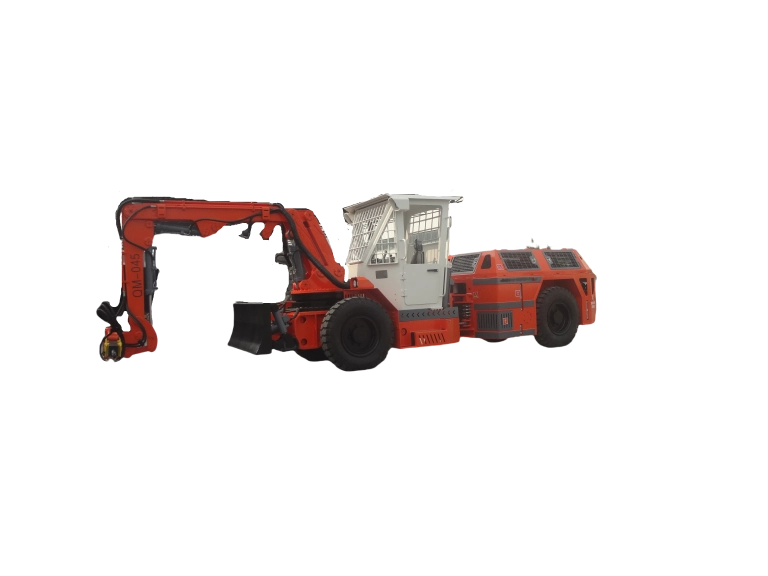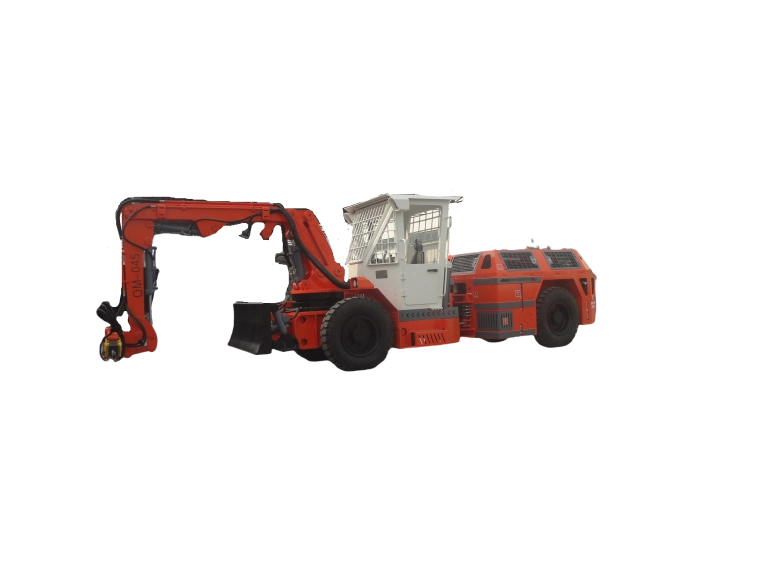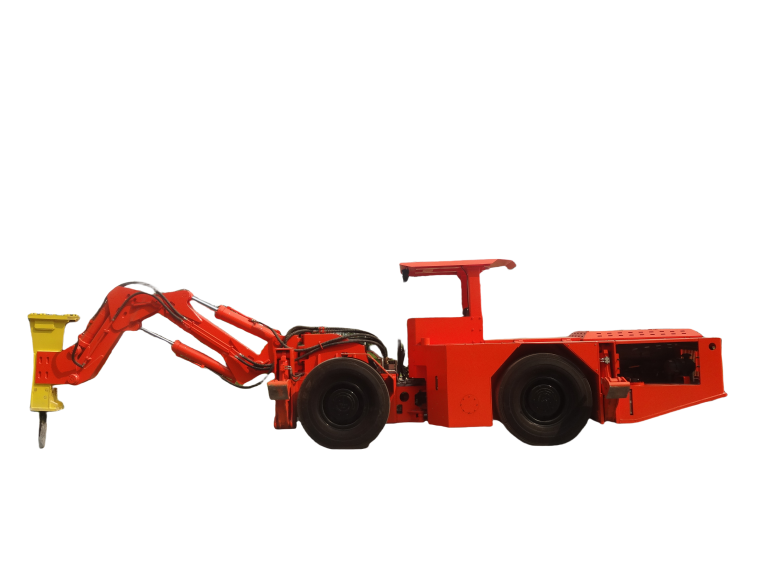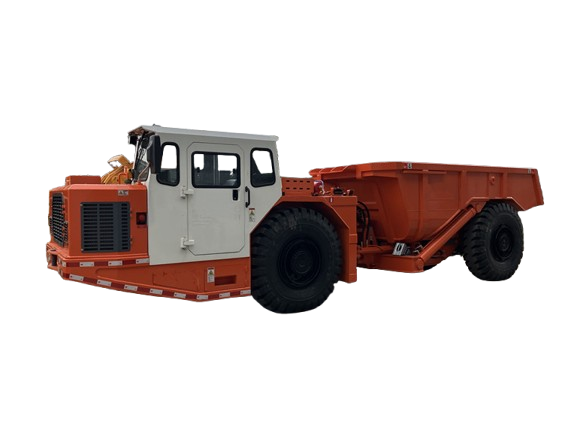
In the tough world of underground mining, every piece of gear counts. You know the drill—tight tunnels, heavy loads, and budgets that never stretch far enough. That’s where scooptrams subterráneos come in. These workhorses scoop up ore and haul it out fast, but hunting for one at a good price? It can feel like digging through rock. Where do you even start? This guide cuts through the noise. We’ll talk real strategies for finding underground scooptrams that deliver without draining your wallet. Think smart buys that keep your operation running smooth and your costs in check.
Why Underground Scooptrams Matter in Modern Mining
Underground scooptrams aren’t just loaders. They’re the backbone of your daily haul. Picture this: a narrow vein, dust in the air, and your team racing the clock. A solid scooptram gets the job done quicker, safer. It boosts output while cutting idle time. But with so many options out there, picking one means weighing needs against what you can spend.
Core Roles in Tunnel Operations
These machines shine in confined spaces. They load, transport, and dump with precision. In small mines, a compact scooptram turns tight corners without scraping walls. Bigger setups? They handle heavier payloads, speeding up cycles. Short story: the right one pays for itself in weeks through faster runs and less downtime.
Matching Machines to Your Mine’s Demands
Every site differs. Soft ore calls for gentle buckets. Hard rock? You need reinforced arms. Start by mapping your tunnels—width, grade, length. A mismatch wastes fuel and wears parts fast. We’ve seen ops double productivity by swapping oversized rigs for fitted ones. It’s basic math: right fit equals real savings.
Key Features That Define a Worthy Underground Scooptram
Not all scooptrams roll the same. Some guzzle fuel. Others break down mid-shift. You want one built tough, with smart touches that last. Focus here to spot deals that stick.
Build and Maneuverability Essentials
Look for narrow bodies first. They slip into slim drifts without drama. Flexible turning radii keep operators from wrestling controls. Rear-frame cabs? They shield drivers from dust and noise, cutting fatigue. Add ground-level access for quick checks—no ladders, less risk.
- Compact footprint: Fits 2-meter-wide tunnels, eases navigation.
- Ergonomic setup: Adjustable seats, clear views—keeps shifts sharp.
- Tough chassis: Handles jolts, lasts through rough hauls.
These aren’t frills. They’re daily lifelines. A machine that maneuvers well slashes accident odds and speeds workflows.
Power and Capacity Breakdown
Diesel or electric? Diesel packs punch for deep runs. Electric runs clean, suits emission-tight spots. Aim for 50-75 kW engines—enough grunt without excess thirst. Bucket sizes from 0.6 to 2 cubic meters cover most jobs. Higher force means deeper digs, but match it to your ore.
Here’s a quick look at how capacity ties to daily output:
| Capacity (cubic meters) | Typical Payload (tons) | Mejor para | Rough Cycle Time Boost |
|---|---|---|---|
| 0.6-1.0 | 1-2 | Narrow veins | 20-30% faster in tight spots |
| 1.0-1.5 | 2-3 | Medium drifts | Balanced speed and load |
| 1.5-2.0 | 3+ | Wider tunnels | Heavy hauls, quick dumps |
Data like this shows why scaling right matters. Oversize eats fuel. Undersize slows you down.
Safety and Efficiency Add-Ons
Skip bells and whistles that jack prices. But don’t skimp on brakes—hydraulic disc setups stop on dimes. Auto-lube systems? They feed bearings without shutdowns. Fire suppression kits guard against sparks. These keep crews safe and máquinas humming, trimming repair bills over time.
What Drives Prices on Underground Scooptrams
Prices swing wild. A basic rig might run $50,000. Top-tier? Double that. Understanding drivers helps you haggle smart.
Material Choices and Durability Trade-Offs
Steel grades vary. High-tensile frames shrug off cracks but cost more upfront. Rubber tires with deep treads grip wet floors longer. Imported parts—like pumps from Europe—add reliability but bump tags. Local sourcing? It trims 10-20% off without cutting corners, if quality holds.
Cheaper alloys wear quicker in abrasive ore. Factor that in: a $10,000 savings today could mean $20,000 in fixes tomorrow. Balance build with your site’s grit.
Powertrain and Tech Impacts
Diesel units edge out on torque but burn more. Electrics save on fuel long-haul, especially with battery swaps. Advanced hydraulics—like variable pumps—match power to load, easing engine strain. These run 15% cooler, stretch oil life.
Tech extras? Remote diagnostics flag issues early. Worth it for big fleets. For solo ops, stick basic—saves thousands without losing edge.
Market and Supply Chain Factors
Global steel prices fluctuate. Post-pandemic, lead times stretched to 45 days. Bulk buys or direct-from-factory deals shave margins. China-based makers often undercut by 25% versus Western brands, thanks to scale. Watch for seasonal dips—end-of-quarter clearances free up cash.
Smart Spots to Find Underground Scooptrams at Good Prices

Where do the deals hide? Not in flashy ads. Hunt where pros source: trade shows, supplier nets, online forums. But the gold? Straight to makers.
Direct from Trusted Manufacturers
Cut middlemen. Factories offer custom tweaks at list price. Visit sites in mining hubs like Yantai, China—clusters mean competition, lower quotes. Reputable outfits stock parts locally, dodging import fees. Look for ISO-certified spots; they back claims with proof.
Online portals help scout. Filter by capacity, read user threads. But verify: ask for load tests, not just specs.
Trade Networks and Auctions
Industry events like MINExpo buzz with demos. Walk away with quotes, spot trends. Auctions? Risky, but gems surface—repossessed units at 40% off. Check history: hours logged, service logs.
Peer networks pay off too. Join miner groups on LinkedIn. Swaps and tips flow free. One op shared a contact that saved them $15,000 on a fleet refresh.
Online Marketplaces with Caveats
Sites like Alibaba list tons. Filter verified sellers—gold badges mean audits. Request video tours, third-party checks. Prices tempt, but freight adds up. Factor duties: 5-10% for cross-border.
Pro tip: Bundle with spares. Pumps, filters—bulk drops per-unit costs.
Negotiation Tactics for Landing the Best Deal
You’ve found a lead. Now close strong. Prices flex 10-20% with the right push.
Building Leverage Before Talks
Research comps. Arm with quotes from three suppliers. Highlight volume: “We’re eyeing five units— what’s your fleet rate?” Timing counts—end-month, they clear books.
Ask open: “What flexes for cash upfront?” Or “Trade-ins?” It uncovers hidden perks.
Key Questions to Ask Sellers
- How’s your warranty stack up—months or hours?
- Custom options without extras?
- Delivery timeline, install included?
Listen close. Vague answers? Walk. Solid ones build trust.
Sealing with Terms That Protect
Lock payments: 30% down, balance on ship. Include training, spares kits. Clauses for delays save headaches. Sign, then test—insist on site trials.
These steps turn “maybe” into “mine.”
Beyond Price: True Value in Underground Scooptrams
Cheap today, costly tomorrow? Avoid that trap. Eye total ownership.
Lifecycle Costs That Add Up
Fuel eats 30% of run expenses. Efficient rigs sip less. Maintenance? Ground-access designs cut labor hours. Tires last 20% longer on even tracks.
Run numbers: A $60,000 unit with low upkeep beats $50,000 clunker by year two. Track metrics—tons per hour, downtime logs.
Support That Keeps You Moving
After-sales seals deals. Free checks quarterly? Gold. Remote monitoring flags faults before fails. Training packs operator skills, trims errors.
Global reach matters. Quick parts from nearby depots beat waits. One miner cut downtime 50% with local stock.
Spotlight en Yantai Chi Hong Machinery Co., Ltd.
Before we wrap, a quick nod to a standout player. Yantai Chi Hong Machinery Co., Ltd. stands tall as a go-to supplier for underground scooptrams. Based in China’s mining heartland, they’ve honed gear for 12 years, blending tough builds with smart pricing. Their lineup fits small to mid-scale ops, with compact designs that maneuver tight and haul steady. EU CE and ISO nods back their quality. Plus, they toss in solid after-sales—like 12-month warranties and on-site training—to keep your rig rolling without surprises. It’s the kind of partnership that turns buys into long-haul wins.
Wrapping It Up: Your Path to Smarter Scooptram Buys
There you have it. Finding underground scooptrams at a good price boils down to homework, sharp questions, and eyes on the full picture. Skip shiny hype. Chase machines that fit your ground, backed by real support. You’ll haul more, spend less, and sleep better. Ready to dig in? Reach out to suppliers today. Your next shift could run smoother—and cheaper—than ever.
Preguntas frecuentes
Where can I find underground scooptrams built for tight budgets?
Start with direct manufacturers in mining regions. They cut overheads, passing savings to you. Check online verified lists or trade fairs for quotes. Always verify specs match your site.
How do I spot an underground scooptram at a good price without skimping on quality?
Balance upfront cost with run expenses. Look for efficient powertrains and easy maintenance. Read warranties close—strong ones signal confidence. Test runs seal the deal.
What tips help when trying to find underground scooptrams with strong after-sales?
Prioritize outfits with global parts access and training programs. Ask about response times for fixes. Bundled services often sweeten prices too.
Is electric better than diesel for getting an underground scooptram at a good price long-term?
Electrics win on fuel and emissions, especially in green regs. Upfront? Diesel edges cheaper. Weigh your site’s power setup—either way, efficiency pays off quick.










